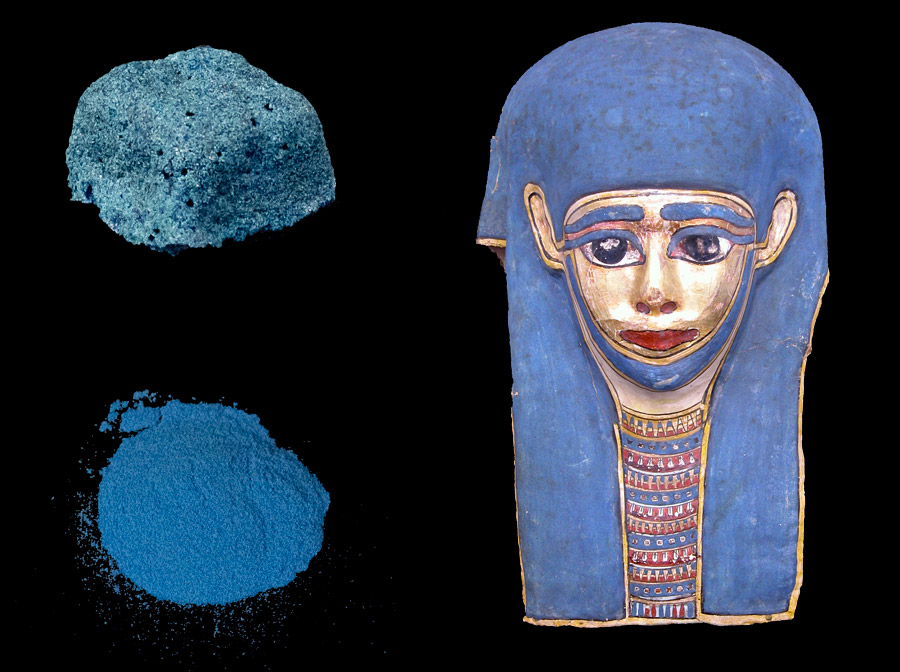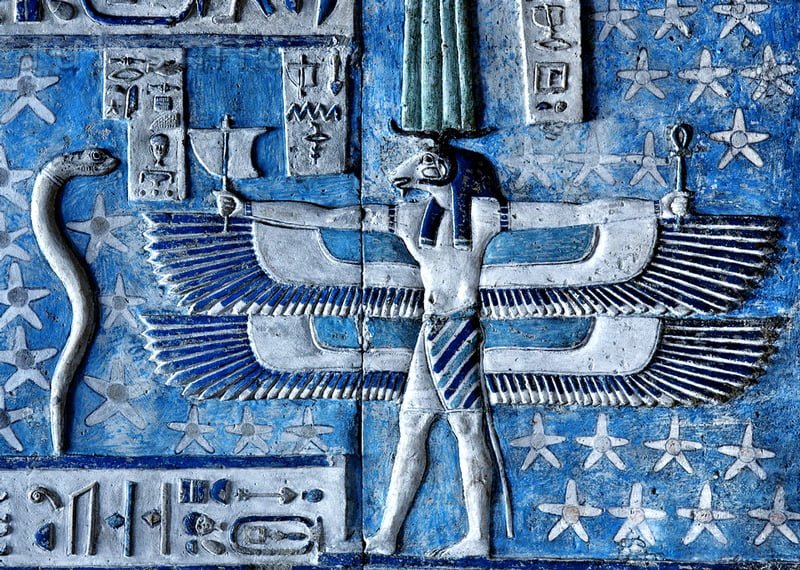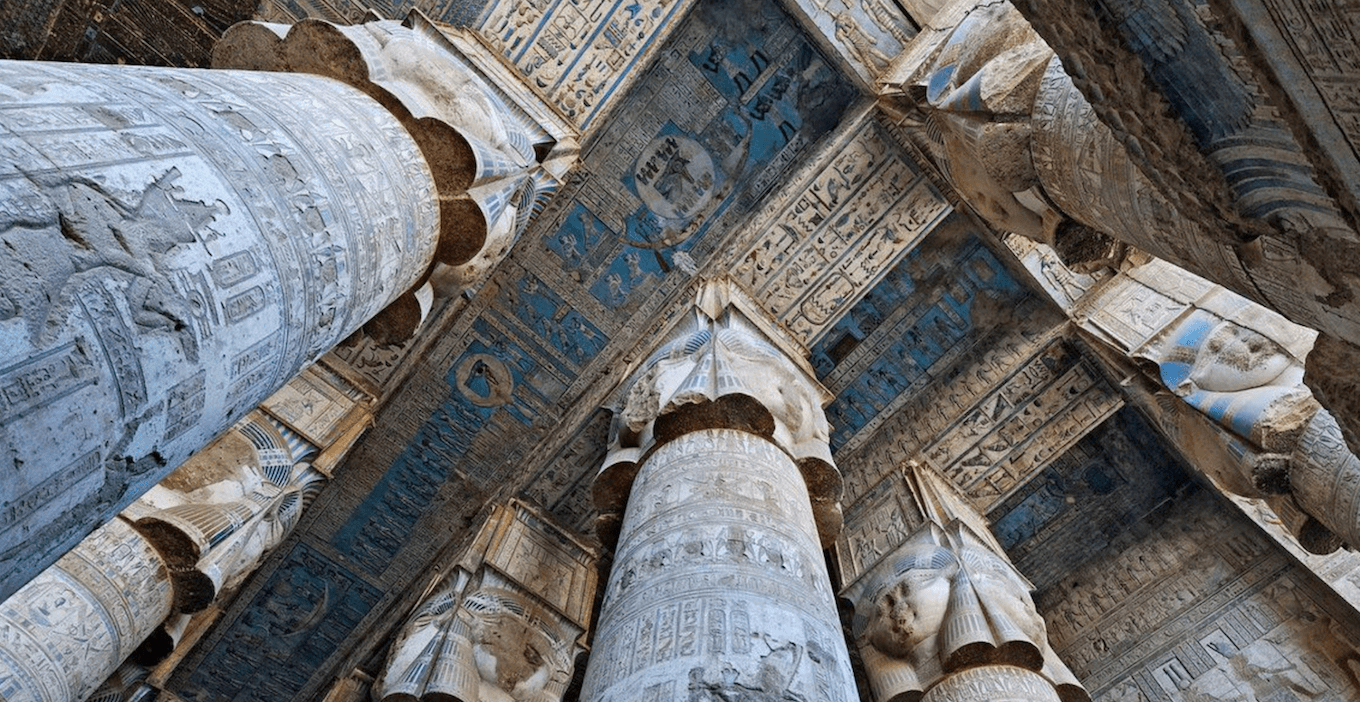Color has always held a profound significance in the tapestry of human history, serving as a canvas for cultural expression, symbolism, and artistic endeavor. Among the most revered and enigmatic hues is the captivating Egyptian Blue, a pigment that has captivated the imagination of artists, historians, and scholars alike. Tracing its origins back thousands of years, this remarkable color has been a testament to the ingenuity and resourcefulness of the ancient Egyptians, who transformed the challenges of their environment into a masterpiece of human achievement.
The Rarity and Significance of Blue

Throughout the ages, the color blue has been inextricably linked to royalty, divinity, and the essence of the heavens. Its scarcity in nature, particularly in the form of vibrant and stable pigments, has made it a highly coveted commodity, often reserved for the most esteemed and prestigious works of art. The ancient Egyptians recognized the inherent value of this elusive hue, and their relentless pursuit of its creation would ultimately lead to the birth of the world’s first synthetic pigment: Egyptian Blue.
The Birth of Egyptian Blue

Faced with the limited availability of natural blue pigments such as lapis lazuli, the Egyptians embarked on a quest to develop their own artificial alternative. Around 3000 BC, they began experimenting with a unique recipe that combined silica, lime, copper, and an alkaline base, heating the mixture to temperatures between 800-900 degrees Celsius. The result of this meticulous process was a stunning blue pigment that would revolutionize the artistic and cultural landscape of ancient Egypt.
The Widespread Use of Egyptian Blue

The versatility of Egyptian Blue was truly remarkable, as it found application in a wide range of artistic and utilitarian contexts. From painting wood, papyri, and canvases to coloring enamels, inlays, and vessels, the pigment’s vibrant hue and remarkable durability made it an indispensable tool for the Egyptians. However, it was in the realm of funerary arts that Egyptian Blue truly shone, as the Egyptians believed the color held the power to protect the dead in the afterlife. Adorning masks, statues, and tomb paintings, the pigment became a hallmark of the ancient Egyptian civilization’s reverence for the divine and the eternal.
The Enduring Legacy of Egyptian Blue

The oldest known example of Egyptian Blue dates back approximately 5,000 years, found in the tomb of the Pharaoh Ka-Sen, the last ruler of the First Dynasty. Throughout the New Kingdom, the pigment’s popularity only grew, with its presence permeating the vast majority of Egyptian artistic and architectural wonders. Even as centuries passed, the allure of Egyptian Blue persisted, with the pigment continuing to captivate the attention of modern-day scholars and enthusiasts.
Conclusion
The story of Egyptian Blue is a testament to the boundless ingenuity and creativity of the ancient Egyptians, who transformed the limitations of their natural environment into a triumph of human invention. This captivating pigment, with its vibrant hue and enduring significance, continues to captivate the imagination of all who encounter it, serving as a tangible link to the rich cultural heritage of a civilization that has left an indelible mark on the course of human history.
